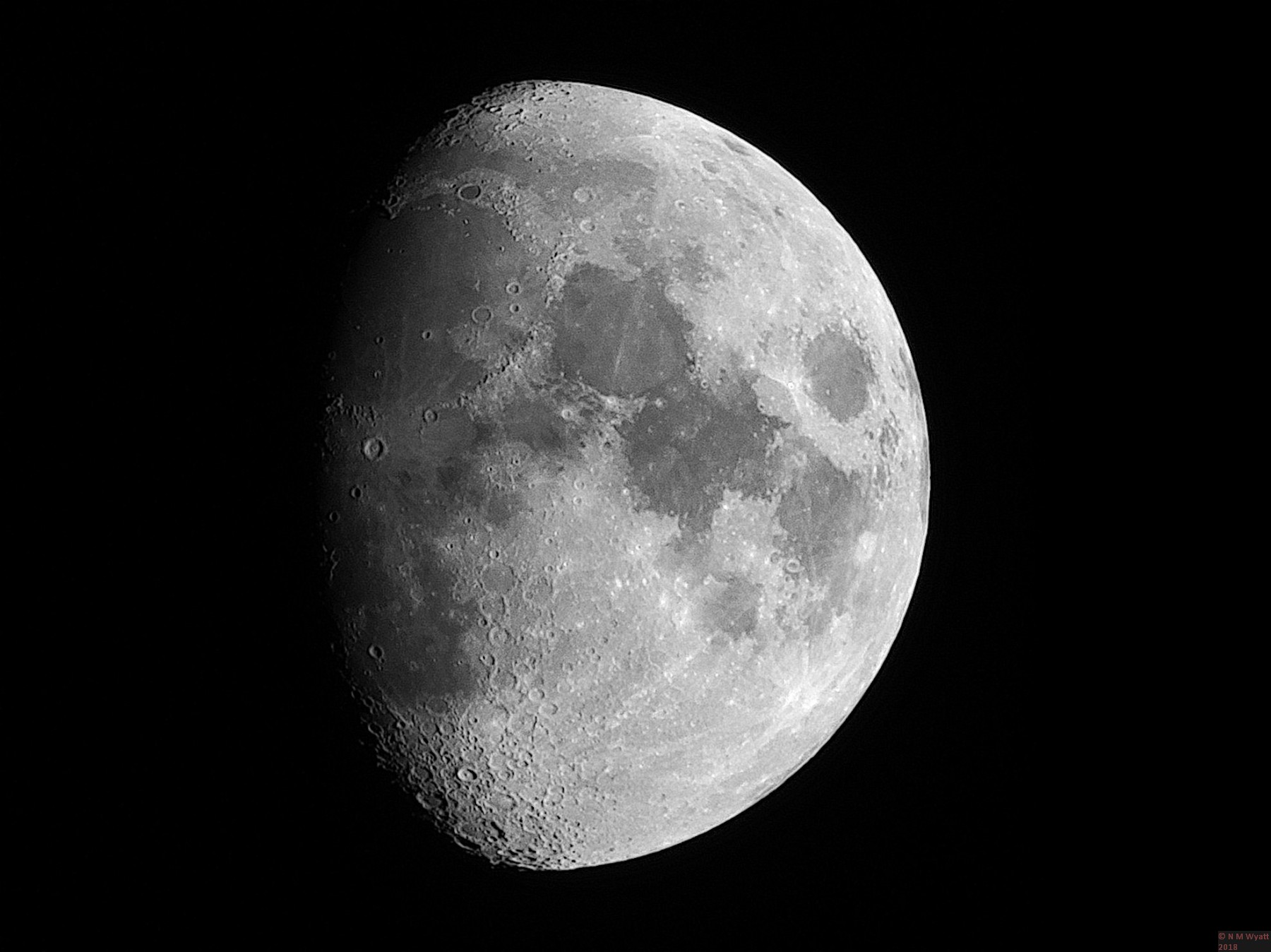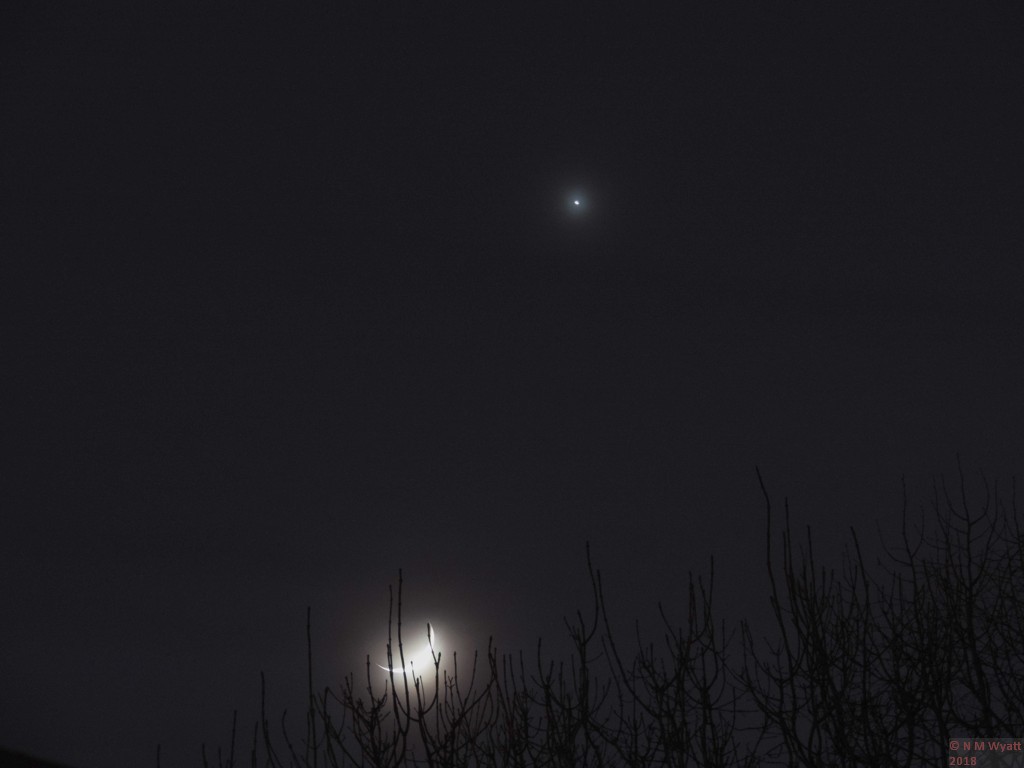If you find this website useful, please check out my books or visit my Amazon Author page. Or even Buy Me a Coffee!
Astronomy
Astrophotography
You are never too old to learn, and one of the thing that has opened my eyes has been discovering the quality of astronomical images that can be produced by amateurs with very modest equipment. By using digital cameras and image processing software it's a realistic ambition to produce images that compare favourably with those produced by the world's biggest telescopes fifty years ago - right in your back yard!
This website does not showcase the best astronomical pictures on the internet! It's a selection of pictures I have taken myself with basic equipment and free software. Producing images like these below, or even better ones, is within your reach!
Most importantly, you don't have to spend a fortune. My first serious scope, mount and tripod cost £180 on Ebay. I spent £40 on a more solid tripod, and about £200 on various bits and pieces including books and an ancient Canon EOS DSLR and a seconhand Microsoft HD Webcam. The results shown before are some of my best so far, and will be updated from time to time.
Perhaps the easiest target in the sky is the moon. You can get good pictures with any long or zoom lens, this is a 'stack' of six pictures taken with an ordinary bridge camera:
A gibbous moon photographed on the isle of Skye.
Follow the links below for introductions to some of the other things you can image in the night sky:
A Conjunction of Moon and Venus
M107 is a rather loose and faint globular cluster, over 20,000 light years from Earth. It was discovered by Pierre Méchain and added to Messiers list in 1947 by Helen Hogg.
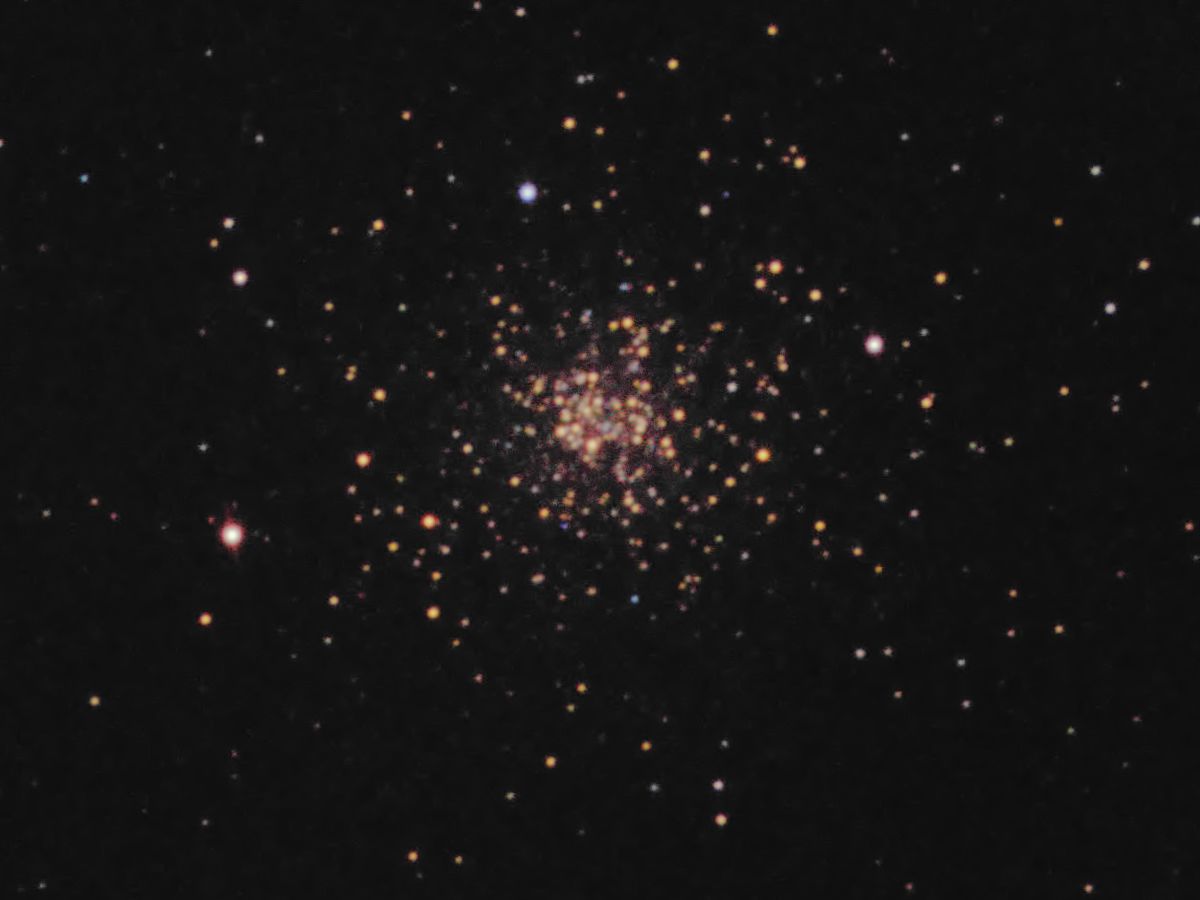
M107, globular cluster in Ophiuchus.
- Details
- Category: Astrophotography
M12 appears relatively close to the globular cluster M10, but is actually rather further away at nearly 16,000 light years. It has an unusually low number of low mass stars.

M12, globular cluster in Ophiuchus
- Details
- Category: Astrophotography
This globular cluster is estimated to be 83 light years across and is estimated to be about 14,000 light years from Earth.

M10 - globular cluster in Ophiuchus
- Details
- Category: Astrophotography
Markarian's Chain is a curving line of galaxies in the Virgo Cluster. It has a remarkable appearance in a large telescope or in photographs. I think it resembles a line of UFOs swooping in to attack! At least seven of the galaxies are moving in unison. The two bright galaxies at the end of the chain are Messier objects, the elliptical galaxies M86 and M84
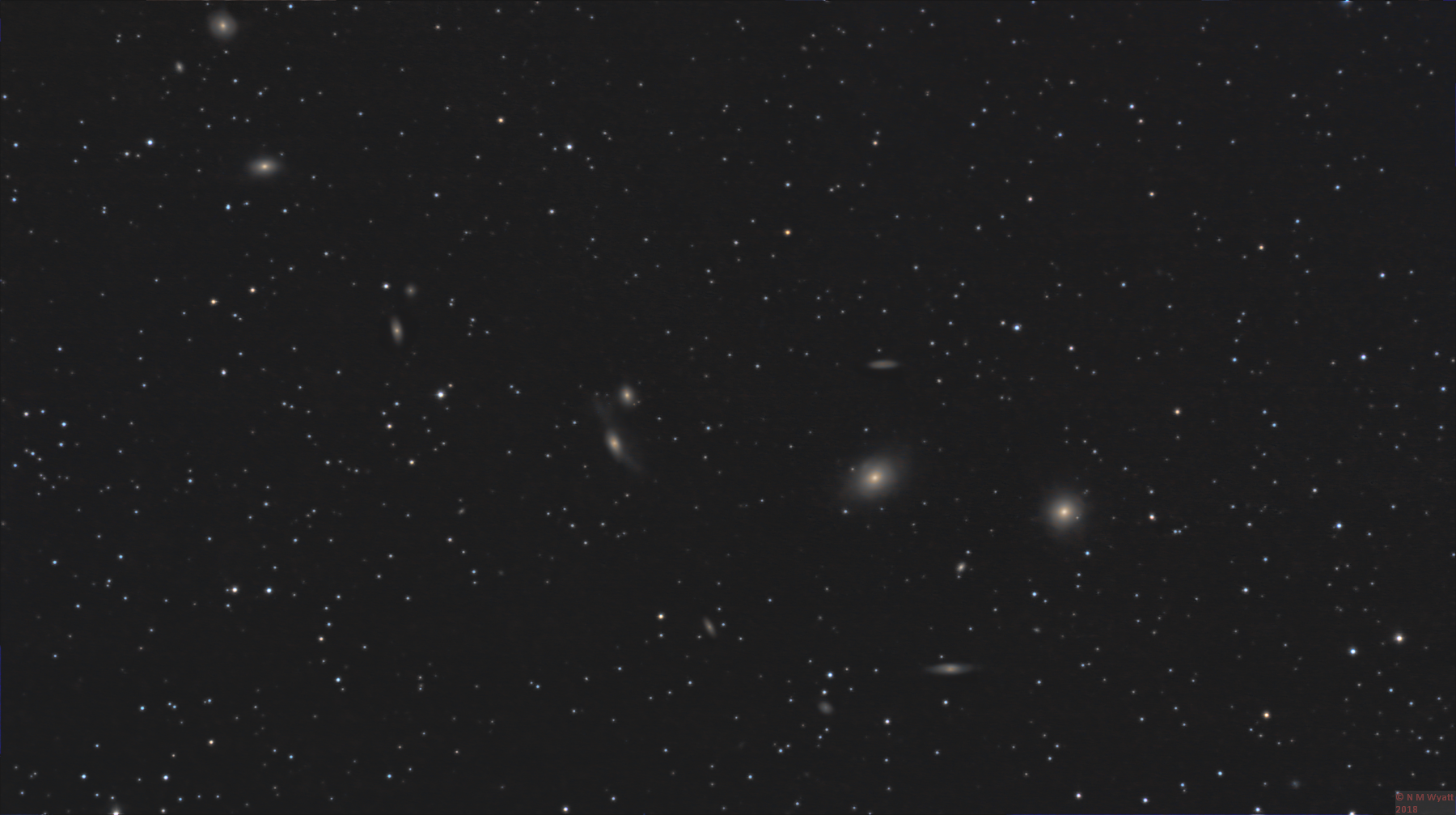
- Details
- Category: Astrophotography
M109 is a barred spiral galaxy in the constellation Ursa Major. It has three small satellite galaxies, and it is the largest galaxy in the M109 group of around 50 galaxies in Ursa Major.
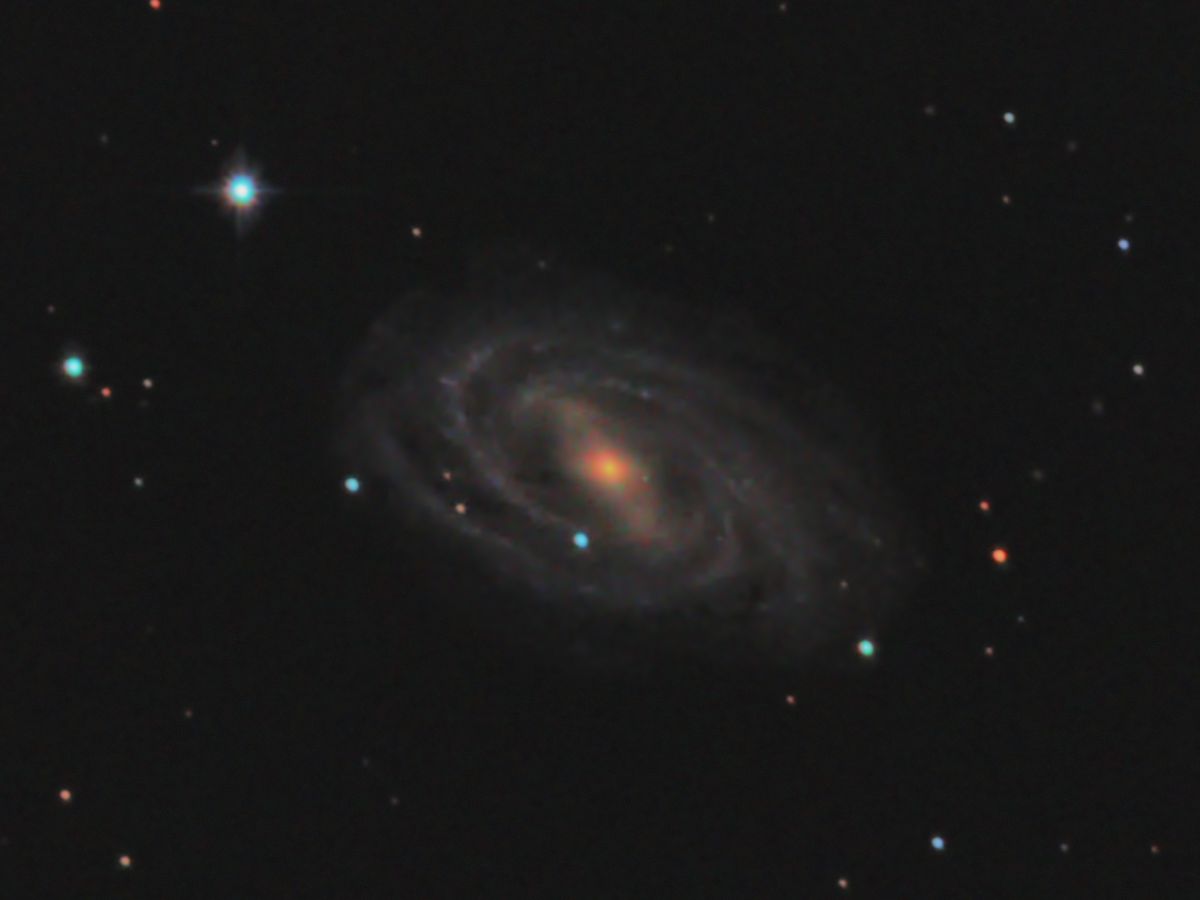
M106 Vacuum Cleaner Galaxy
- Details
- Category: Astrophotography
Page 3 of 23

